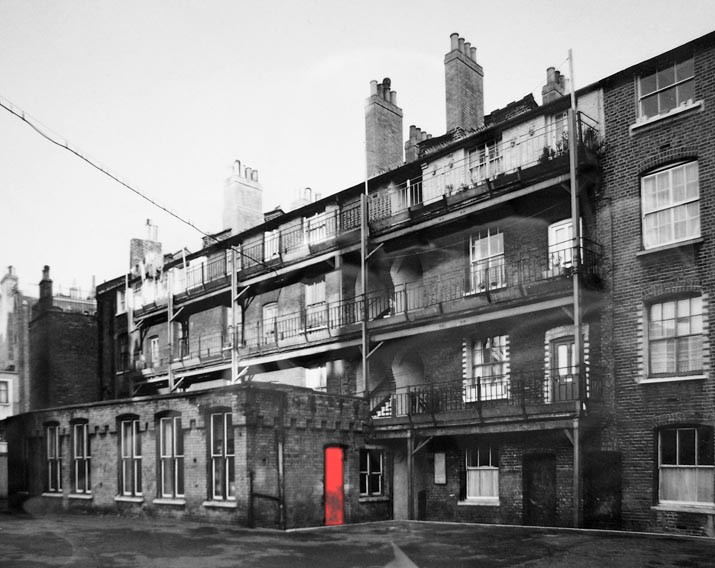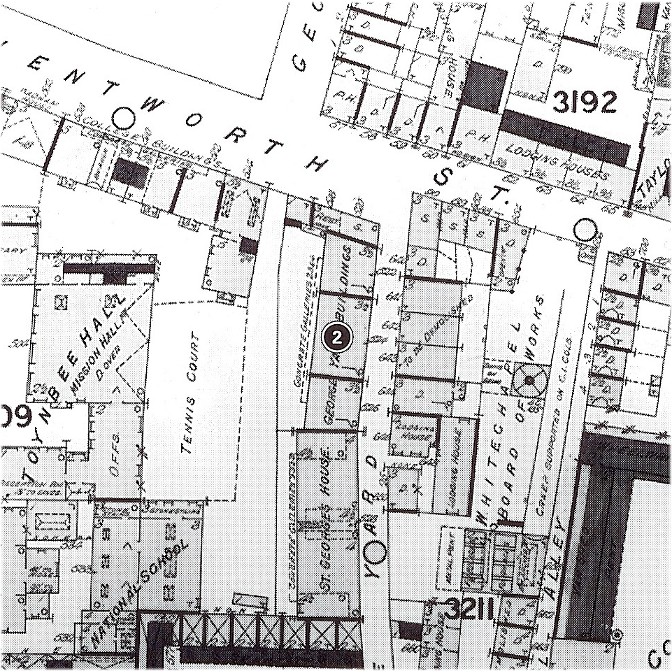Originally posted by Chris
View Post
I understand your point. If you walked into the right ground floor entrance, you would meet the half-floor landing. The right ground floor entrance shows a shadow that to me inplicates a lower level ( a basement?).




Leave a comment: